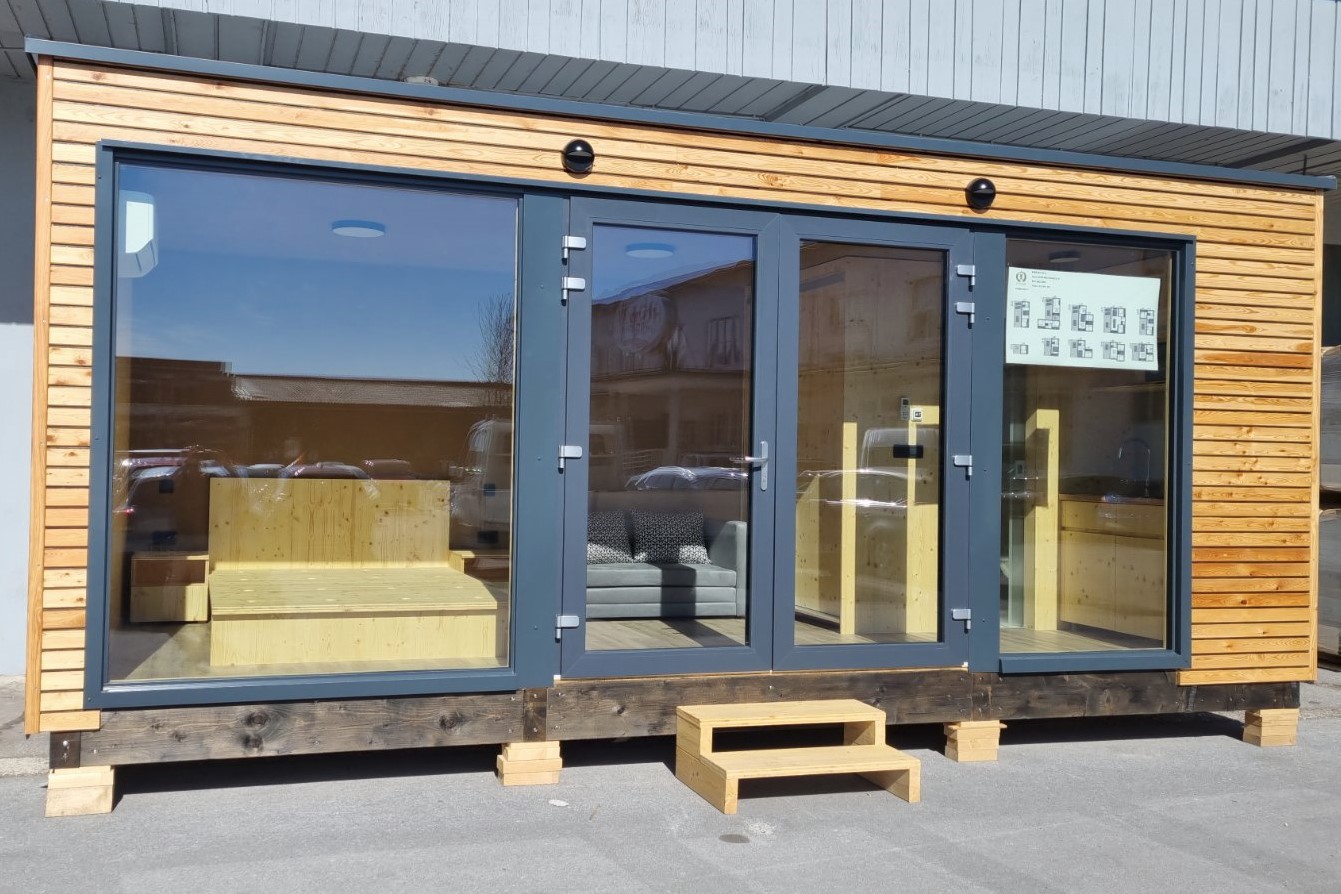Glamping Huts for Sale: Price and Manufacture of Glamping Huts
Glamping, a combination of luxury and camping, has become an increasingly popular trend, bringing the best of both worlds. At the heart of this trend are glamping cabins, which have become a dream home for nature lovers. In this article, we explore everything you need to know about the cost of building a glamping cabin and how natural materials such as wood, straw and clay can help create the ideal glamping experience.
Making a Glamping House Price: what affects the cost?
The cost of building a glamping site varies widely and depends on a number of factors. Some of these factors include the size of the house, the materials used, the choice of furnishings, the location of construction and many more.
Size and Shape
The size and shape of the house are the two main factors that influence the price of a glamping site. Larger houses with more complex designs tend to be more expensive as they require more materials, time and labour.
Materials
The materials used to build the house are another important factor that influences the final price. In this sense, wood, straw and clay can offer an affordable and environmentally friendly solution.

Glamping Houses Price
Straw and Clay: Natural Materials for Glamping Huts
Wood, straw and clay are excellent materials for building glamping huts because they are renewable and sustainable. The optimal combination of wood, straw and clay ensures a balanced fluctuation of heat and humidity in the room. In addition, they give the huts a unique, rustic look that fits perfectly into the natural environment.
Straw
Straw is a by-product of agriculture and one of the oldest building materials, ideal for thermal and acoustic insulation of glamping huts. The composition of straw is similar to wood. In addition, straw is a renewable and readily available low-cost resource, which can help reduce the costs of construction, use and even decommissioning.
Clay
Clay, a mixture of clay and sand, is another excellent choice for building glamping huts. It has many advantages: it prevents radiation, it is fireproof, soundproof, and it is very good at absorbing heat and regulating the humidity in the room. Wood plastered with clay does not burn or decay. Clay is also a sustainable choice as it is completely natural, requires minimal energy treatment and is biodegradable. Its use is as old as mankind itself.
Conclusion
The cost of building a glamping cabin can vary greatly depending on various factors. However, choosing natural materials such as straw, wood and clay can not only bring environmental benefits but can also help reduce construction costs. By making well planned and well thought out choices, you can build the perfect glamping site that fits your budget, meets your expectations and creates a quality living environment.
Glamping is an opportunity to enjoy nature with a touch of luxury. Building your own glamping cabin can deepen this experience, allowing you to create the perfect retreat to suit your wants and needs.
Get in touch with us
Do not hesitate to contact us if you have any questions or require further information about our glamping pods, homes or services.
Our team will be happy to help and work with you to find the best solutions for your accommodation needs.
